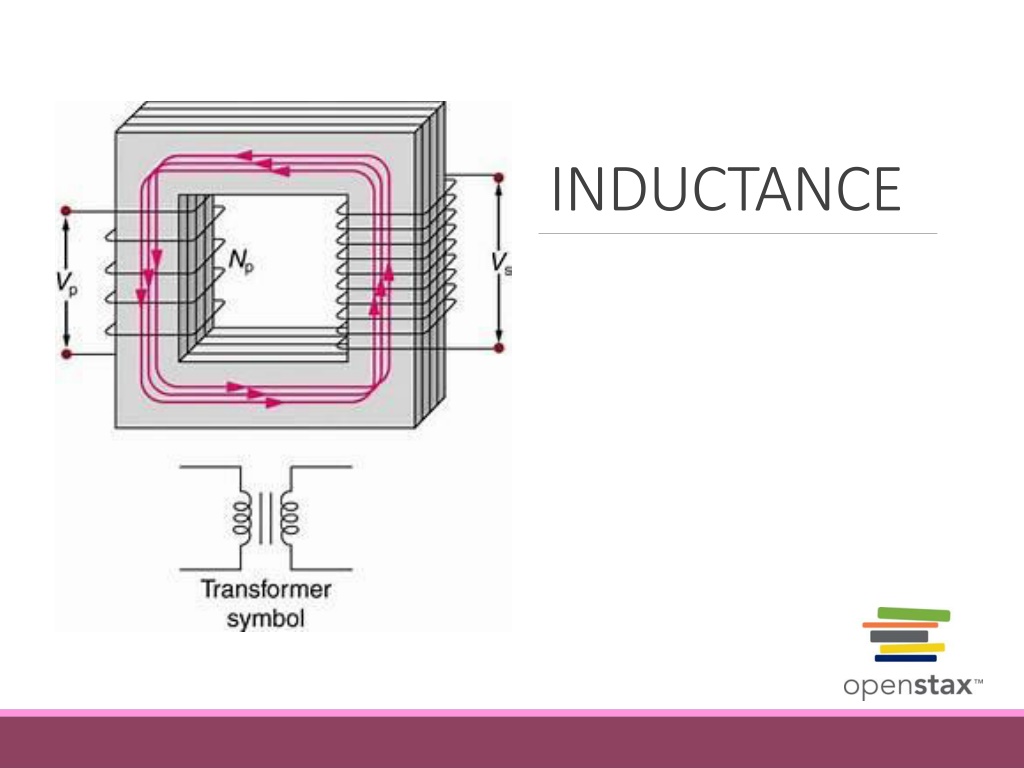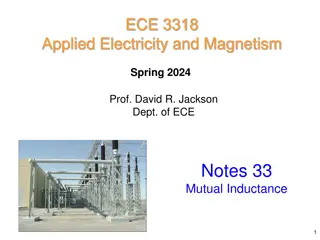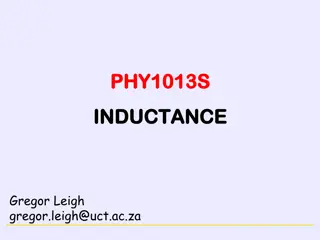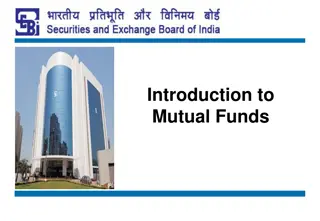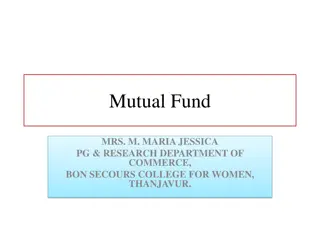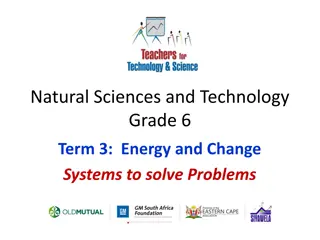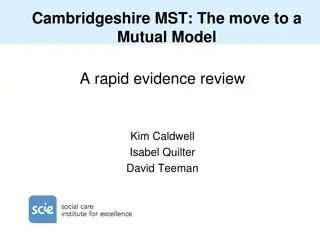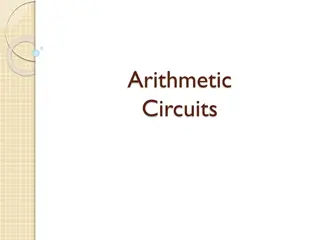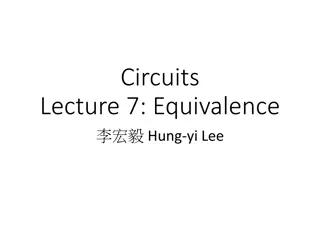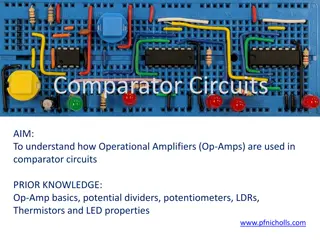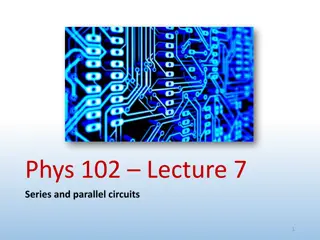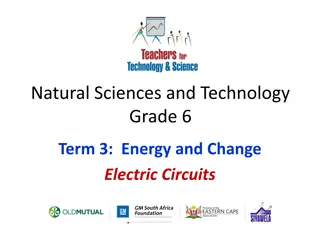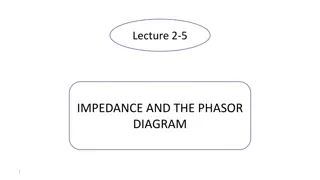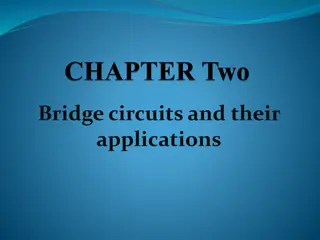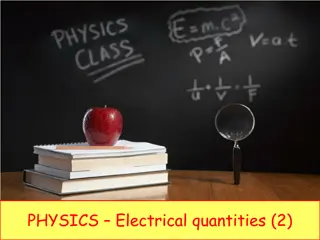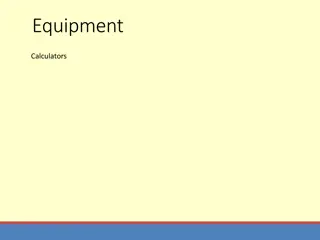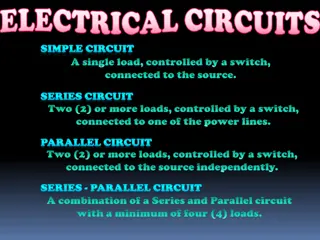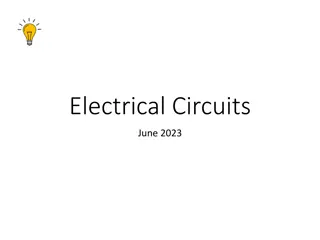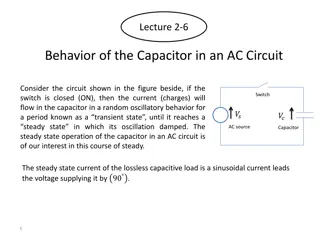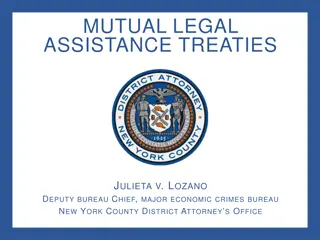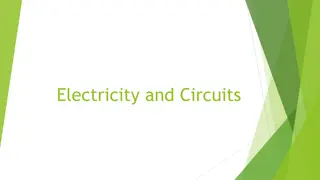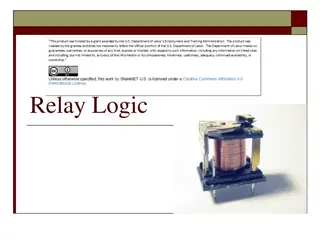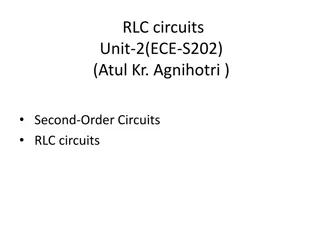Understanding Inductance and Mutual Inductance in Circuits
Inductance refers to the ability of a component to store energy in a magnetic field when current flows through it. Mutual inductance describes the phenomenon where changing current in one coil induces a current in a neighboring coil. This interaction is crucial in transformers and high-voltage generators. Learn about self-inductance, mutual inductance, and their applications in circuits.
Download Presentation

Please find below an Image/Link to download the presentation.
The content on the website is provided AS IS for your information and personal use only. It may not be sold, licensed, or shared on other websites without obtaining consent from the author. Download presentation by click this link. If you encounter any issues during the download, it is possible that the publisher has removed the file from their server.
E N D
Presentation Transcript
Mutual inductance A changing current in one coil induces a current in a neighboring coil. Mutually induced emf s: ?2= ??i1 ?? ?1= ??i2 ?? Mutual inductance: ? =?2 ?2 =?1 ?1 These coils can induce emfs in one another like an inefficient transformer. Their mutual inductance M indicates the effectiveness of the coupling between them. Here a change in current in coil 1 is seen to induce an emf in coil 2. (Note that " E2 induced" represents the induced emf in coil 2.) i1 i2 Note: SI Unit of mutual inductance is henry (H)
Example: calculating mutual inductance In one form of Tesla coil (a high-voltage generator), a long solenoid with length l and cross-sectional area A is closely wound with N1 turns of wire. A coil with N2 turns surrounds it at its center. Find the mutual inductance.
Self-inductance and inductors A varying current in a circuit induces an emf in that same circuit. ? =? ? ? ?? ? ??= ??? ?? Self-induced emf: ? = ??? ??
